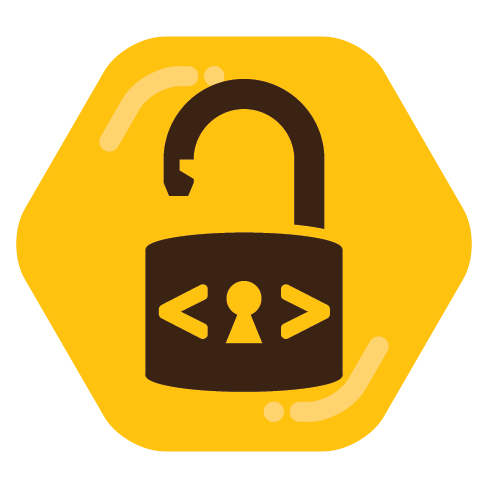

Just to double-check did you already test that the open port is actually open and connectable from the internet? e.g. use any port test website & see if it can connect to your seedbox Transmission open port e.g. https://www.canyouseeme.org/ , https://portchecker.co/ or similar.
Also, not sure how the open port itself was configured but make sure it is open for both TCP and UDP traffic if you needed to specify that during your firewall setup.



That means TCP should be working as expected with the current configuration. Note those port test websites are only testing TCP, not UDP.
I’m not familiar with ProtonVPN configuration so can’t guide you much there, presumably if the port forwarding option only allows for one setting then maybe it’s doing both TCP/UDP? I dunno…
Don’t worry about that one, that’s for configuring the VPN client you will be using to connect to the VPN server. It should not affect the port forward itself unless ProtonVPN is doing something odd.
Yeah I wouldn’t rely on that, the internet port test inside the torrent client isn’t always reliable. But in theory it should show up as open all the time if you have a stable open port :/
Doubt it being a tracker issue, they update themselves on their own schedule usually.
Maybe should have asked this before - can the test torrent client see that there is a seed on the torrent? Or does it load the torrent but just isn’t seeing any seeds or peers at all? The open trackers take a bit to update themselves with a new torrent hash so sometimes it just takes a bit before the torrent client sees a seed and begins downloading from it.